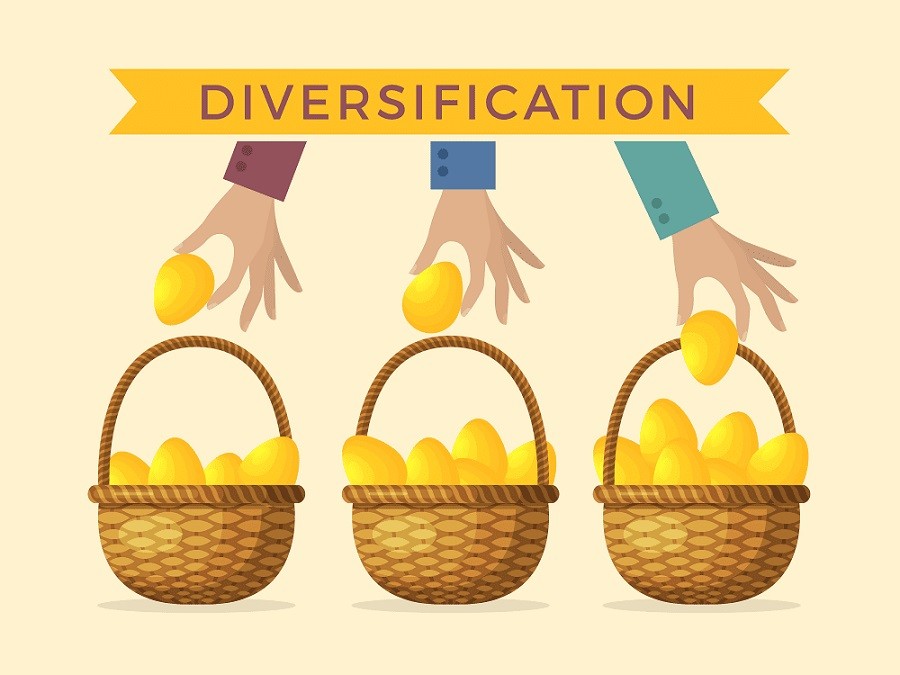Don’t Get Left Behind: Learn the 5 Must-Know Finance Principles for Crypto Investors!
In today’s world, it’s more important than ever to have a solid understanding of finance. Whether you’re managing your personal finances, running a business, or simply trying to navigate the complexities of the modern financial landscape, there are certain basic principles that everyone should know. In this article, we’ll explore five of the most important principles of finance and explain why they’re so essential.

Time Value of Money
The time value of money is a fundamental concept in finance that states that money is worth more today than it will be in the future. This is because money can earn interest over time, so a dollar today is worth more than a dollar in the future. To illustrate this concept, consider the following example:
Suppose you have $1,000 today, and you invest it in a savings account that earns 5% interest per year. In one year, your investment will be worth $1,050 ($1,000 + $50 in interest). If you leave that money in the account for another year, it will earn interest on the full $1,050, so after two years, your investment will be worth $1,102.50 ($1,050 + $52.50 in interest).
This illustrates the power of compounding, which is the process of earning interest on both the principal amount and any previously earned interest. The time value of money is important to understand because it can help you make better decisions about investing and borrowing. For example, if you’re considering taking out a loan, you’ll want to make sure that the interest you’ll pay over time doesn’t exceed the benefit you’ll get from having the money now.
Risk and Return

The relationship between risk and return is another important principle of finance. In general, investments that offer higher returns also come with higher risks. For example, stocks have historically offered higher returns than bonds, but they’re also much more volatile and subject to sharp fluctuations in value. On the other hand, bonds are generally considered to be less risky, but they offer lower returns.
Understanding the relationship between risk and return is essential for building a diversified portfolio that balances your desire for returns with your tolerance for risk. You’ll need to decide how much risk you’re willing to take on and choose investments that align with your goals.
Diversification

Diversification is the practice of spreading your investments across a variety of different asset classes, such as stocks, bonds, and real estate. By diversifying your portfolio, you can reduce your overall risk because you’re not putting all your eggs in one basket. If one asset class performs poorly, your other investments can help offset those losses.
Diversification can also help you take advantage of different market conditions. For example, if the stock market is performing poorly, you might see gains in other asset classes, such as bonds or real estate. By spreading your investments across different types of assets, you can increase your chances of achieving your financial goals.
Inflation

Inflation is the rate at which the general level of prices for goods and services is rising, and it’s an important consideration when making financial decisions. Over time, inflation can erode the value of your money, so you need to make sure that your investments are keeping pace with inflation.
For example, suppose you have $100,000 in a savings account that earns 1% interest per year. If inflation is running at 2% per year, your money is actually losing value over time because the cost of goods and services is increasing faster than your savings are growing. To combat inflation, you’ll need to choose investments that offer returns that exceed the rate of inflation.
Compound Interest
Compound interest is the interest earned on the initial investment and any accumulated interest. It is a powerful tool that can help individuals grow their savings over time.
For example, let’s say an individual invests $1,000 in an account that earns 5% interest per year. After the first year, they would earn $50 in interest, bringing their total investment to $1,050. In the second year, they would earn interest on the $1,050, bringing their total investment to $1,102.50. Over time, this compounding effect can significantly increase the value of the investment.
Conclusion
These five basic principles of finance are essential for anyone looking to improve their financial literacy. By understanding the time value of money, risk vs. return, diversification, budgeting, and compound interest, individuals can make more informed financial decisions and work towards achieving their financial goals.
DISCLAIMER: The Information on this website is provided as general market commentary and does not constitute investment advice. We encourage you to do your own research before investing.
Join us to keep track of news: https://linktr.ee/coincu
Annie
Coincu News














